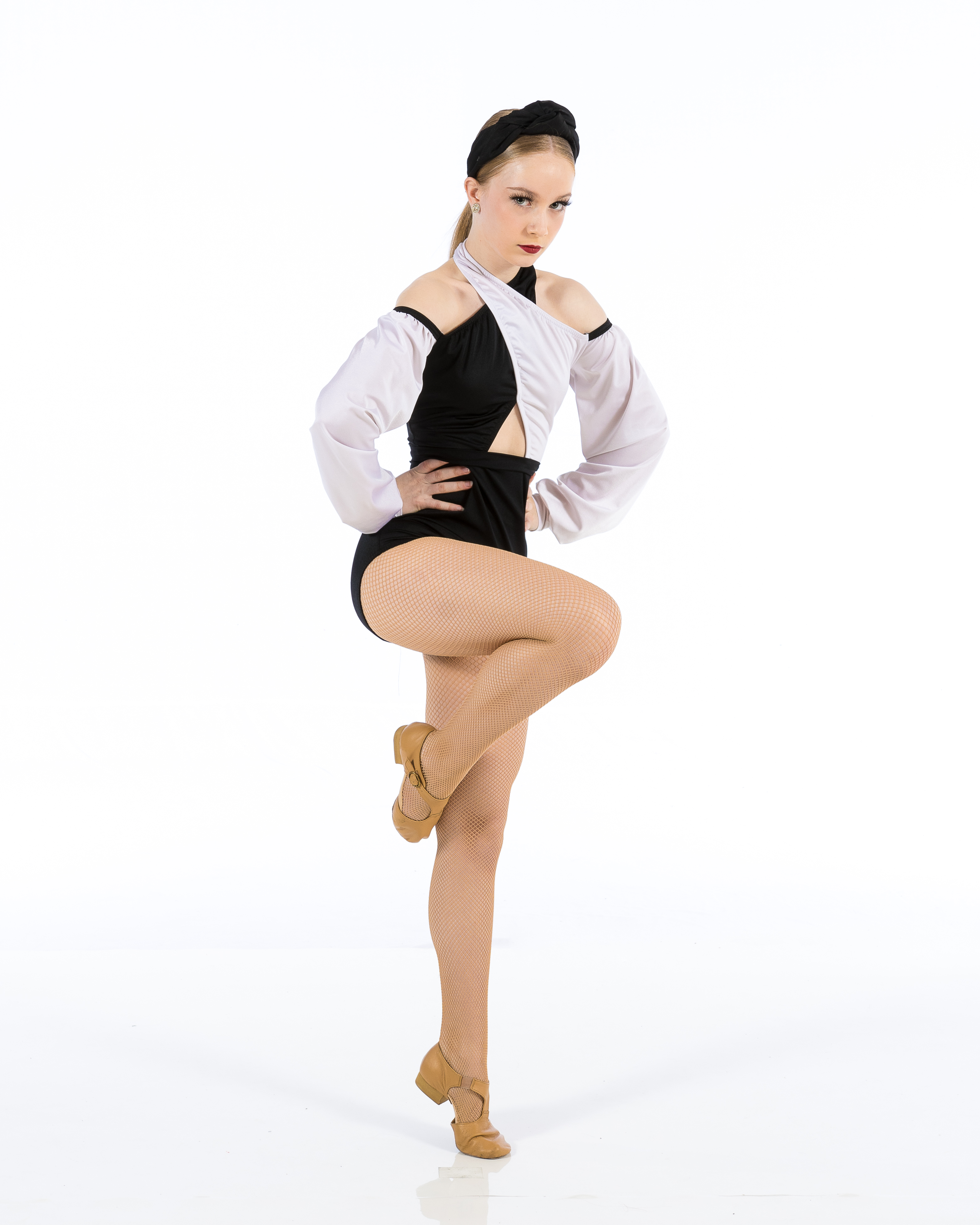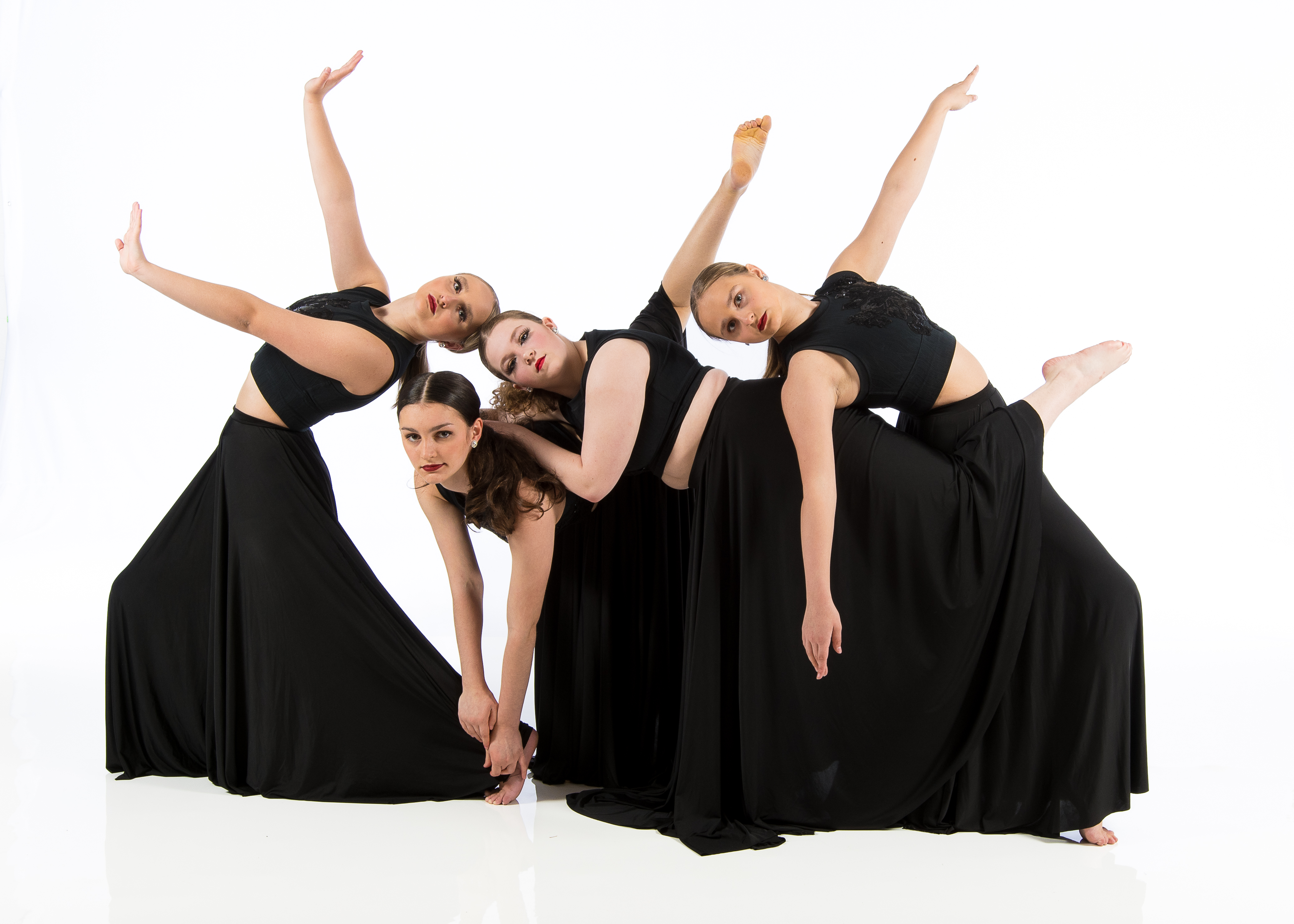Building Leadership Skills through Choreography and Collaboration
Introduction
In today’s fast-paced world, leadership skills are increasingly important across various fields. A unique yet effective way to cultivate these skills is through choreography and collaboration in a dance studio setting. This article explores how engaging in dance not only serves as an artistic outlet but also fosters essential leadership qualities such as teamwork, communication, and adaptability. As we dive deeper into the process of building leadership skills through choreography and collaboration, we'll uncover practical insights and strategies that can help anyone enhance their ability to lead effectively.
Building Leadership Skills through Choreography and Collaboration
Understanding the Role of Choreography in Leadership Development
Choreography is more than just the arrangement of movements; it is an intricate form of storytelling that requires a deep understanding of communication, timing, and emotional expression. In a dance studio, choreographers must convey their vision to dancers while also being open to feedback. This dynamic process mirrors real-world leadership scenarios where leaders must articulate their ideas clearly while remaining receptive to input from team members.
The Importance of Collaboration in Dance
Collaboration is pivotal in any dance ensemble. Dancers must work together harmoniously to create a cohesive performance. This collaborative https://www.dotyperformance.com/ dance studio effort teaches individuals how to engage in constructive dialogue, respect differing opinions, and foster an environment where creativity can flourish. These skills are directly transferable to leadership roles in various industries.
Identifying Key Leadership Skills Developed Through Dance
- Communication: Effective leaders communicate their vision clearly.
- Problem-Solving: Choreographers often face unexpected challenges that require quick thinking.
- Empathy: Understanding fellow dancers' perspectives builds stronger connections.
- Conflict Resolution: Navigating disagreements between dancers enhances negotiation skills.
Creating a Supportive Environment in the Dance Studio
A successful dance studio cultivates an atmosphere where all participants feel valued and motivated. Leaders within this space must prioritize creating a supportive environment that encourages risk-taking and innovation without fear of failure.
The Dance Studio as a Microcosm for Leadership Dynamics
The dynamics present in a dance studio serve as an excellent microcosm for broader organizational structures. The hierarchy established among choreographers, instructors, and dancers reflects various leadership styles that can be analyzed for effectiveness.
Key Elements of Effective Choreographic Leadership
Vision: The Cornerstone of Successful Choreography
Every great performance begins with a clear vision from the choreographer. This vision acts as a guiding star for the entire team, ensuring everyone is aligned towards common goals.

Building Trust: The Foundation of Team Dynamics
Trust among team members is vital for any successful collaboration within a dance setting. A leader must foster trust by being transparent and consistent in their actions.

Encouraging Creativity: Fostering Innovation Through Freedom
Leaders who allow creative freedom tend to inspire greater levels of innovation among team members. In dance, this means giving dancers room to express themselves while aligning with the overall vision.
Practical Strategies for Developing Leadership Skills through Dance
Participatory Choreography Workshops
Hosting workshops that emphasize participatory choreography allows dancers at all skill levels to contribute creatively while developing their leadership capabilities.
Feedback Loops: Creating Opportunities for Growth
Implementing regular feedback sessions enables dancers to learn from one another while enhancing their communication skills—an essential quality for any leader.
The Importance of Diverse Perspectives in Dance Collaborations
Diversity enriches any collaborative environment by introducing various viewpoints and ideas that can elevate the final outcome. Recognizing the strengths inherent within diverse teams is crucial for effective choreography.
Measuring Success: Assessing Leadership Growth through Dance Experiences
To evaluate how dance experiences contribute to leadership development, consider employing assessments such as self-reflections or peer reviews focused on observed behaviors during rehearsals or performances.
FAQs
1. How does choreography relate to leadership?
Choreography requires clear communication, problem-solving capabilities, empathy towards team members, and conflict resolution—qualities essential for effective leadership.
2. Can anyone develop leadership skills through dance?
Absolutely! Anyone willing to engage collaboratively in a structured environment like a dance studio can develop valuable leadership skills regardless of prior experience.
3. What role does feedback play in developing leaders?
Feedback provides critical insights into performance and behavior, allowing individuals to adjust their approaches and grow both personally and professionally.
4. Are there specific types of dances better suited for building leadership?
While all forms of dance offer benefits, group dances like contemporary or jazz often highlight collaboration more prominently due to their reliance on teamwork.
5. How important is emotional intelligence in choreography?
Emotional intelligence plays a significant role in choreography as it enhances understanding among team members, leading to improved cooperation during rehearsals and performances.

6. Can online platforms be effective for developing these skills?
Yes! Virtual workshops or online classes can still facilitate collaborative projects that build leadership skills by utilizing technology effectively for communication.
Conclusion
In conclusion, "Building Leadership Skills through Choreography and Collaboration" offers invaluable lessons applicable beyond the boundaries of the dance studio into everyday life scenarios—from corporate environments to community engagements. By embracing the principles learned through collaborative choreography—such as effective communication, empathy, trust-building, creativity fostering—individuals can navigate their paths toward becoming competent leaders equipped with essential soft skills required in today’s world.
As you consider your own journey toward enhanced leadership abilities, remember that every pirouette taken or step danced contributes not just to your artistry but also shapes your character as a leader ready to inspire others along their path.
This comprehensive examination provides actionable insights into harnessing dance as an effective tool for personal growth while cultivating strong leaders capable of inspiring others within any context they find themselves operating within—a true testament reflecting both artistry intertwined with strategic collaboration!